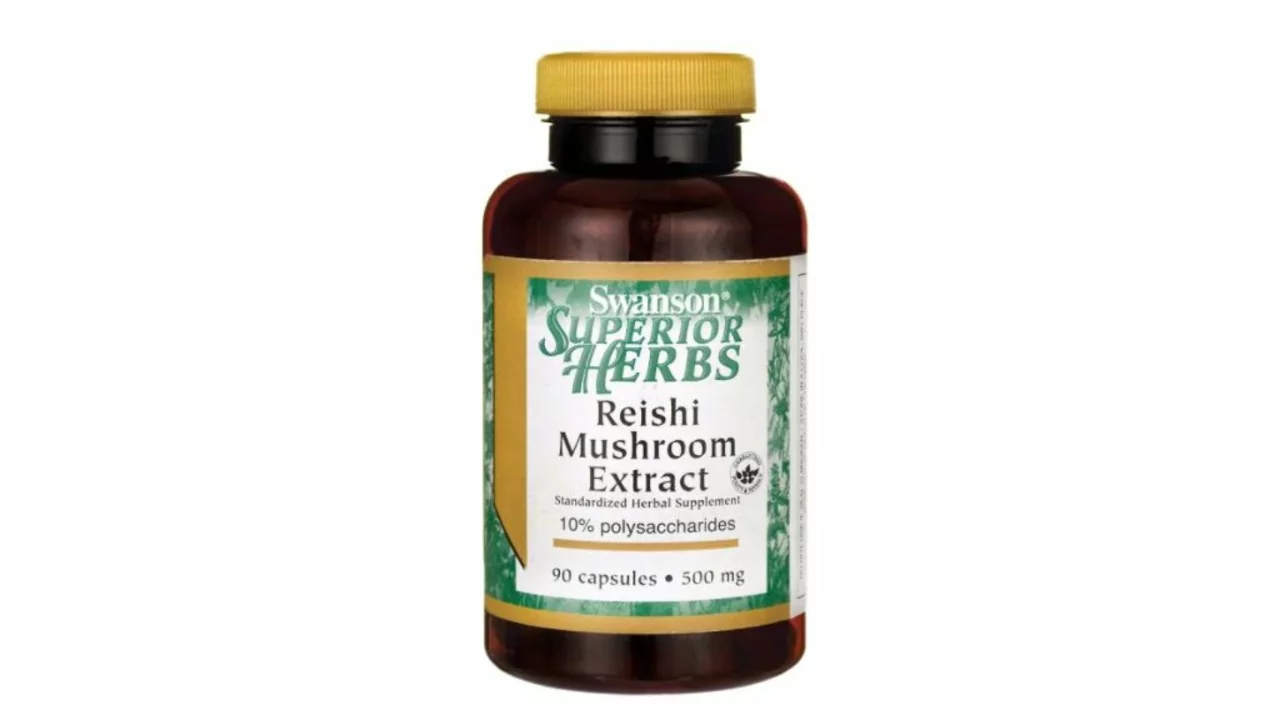Licorice: What It Is and Why It Might Be Good For You
If you’ve ever seen a black‑root candy or read about an ancient herb called licorice, you’re looking at the same plant. The root of Glycyrrhiza glabra has been used for centuries to soothe coughs, settle stomachs, and even support skin health. Today we’ll break down the main benefits, how to pick a safe product, and what to watch out for.
Top Health Benefits You Can Expect
First off, licorice is best known for its anti‑inflammatory power. The compound glycyrrhizin can calm irritation in the throat and gut, so many people reach for a licorice tea when they feel a scratchy cough or an upset stomach.
Second, it may help balance hormones. Some studies show that licorice can mildly lower cortisol levels, which might reduce stress‑related fatigue. If you’re dealing with occasional adrenal strain, a cup of licorice tea could be a gentle way to support your system.
Third, the root has antiviral and antimicrobial properties. In traditional Chinese medicine it’s paired with other herbs to fight infections like shingles or hepatitis. While it’s not a substitute for prescription meds, it can add an extra layer of protection when you’re fighting off a cold.
How to Use Licorice Safely
There are three common ways to take licorice: tea, extracts (tinctures or capsules), and chewable candy. Tea is the safest start because it contains low amounts of glycyrrhizin per cup. Brew a teaspoon of dried root in hot water for 5‑10 minutes and enjoy up to two cups daily.
If you need stronger action, look for “deglycyrrhizinated licorice” (DGL). DGL strips out most of the glycyrrhizin, reducing the risk of side effects like high blood pressure. DGL tablets are popular for ulcer relief and can be taken before meals.
Chewy candy may taste great but often hides a lot of sugar and artificial flavors. Use it only as an occasional treat, not a daily supplement.
Watch your intake if you have hypertension, kidney disease, or are pregnant. Too much glycyrrhizin can cause sodium retention, potassium loss, and spikes in blood pressure. A general rule is to stay under 100 mg of glycyrrhizin per day – that’s roughly one cup of strong tea.
Finally, always buy from reputable brands that test for contaminants. Look for third‑party lab results on the label or the company’s website.
Licorice isn’t a magic cure, but it can be a useful addition to your wellness toolbox when you choose the right form and stay within safe limits. Try a cup of tea tomorrow and see how it feels – just remember to keep an eye on any unusual swelling or headaches, and stop using it if those pop up.
Licorice: The Ancient Root Turned Modern Dietary Supplement Superstar
Licorice, a root that's been used since ancient times, has found its way into the spotlight as a modern dietary supplement superstar. Used traditionally in medicine for its healing properties, modern science has confirmed its benefits in various areas such as digestive health and immune system support. From soothing sore throats to aiding stomach issues, licorice is truly a versatile natural supplement. Despite its sweetness, don't be fooled, this root packs a potent health punch. It's amazing how this ancient root has become an essential part of our modern health regimen.
read more

